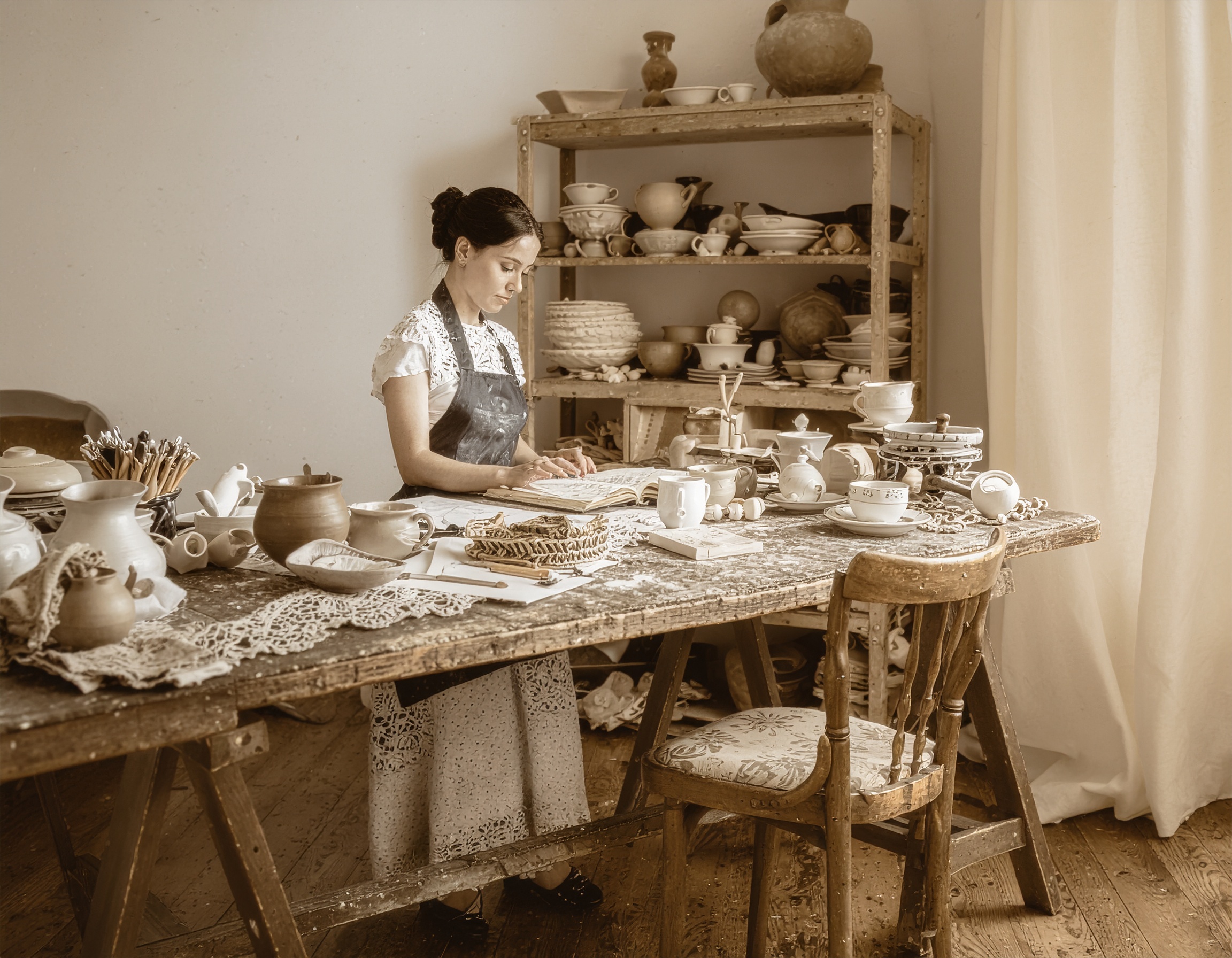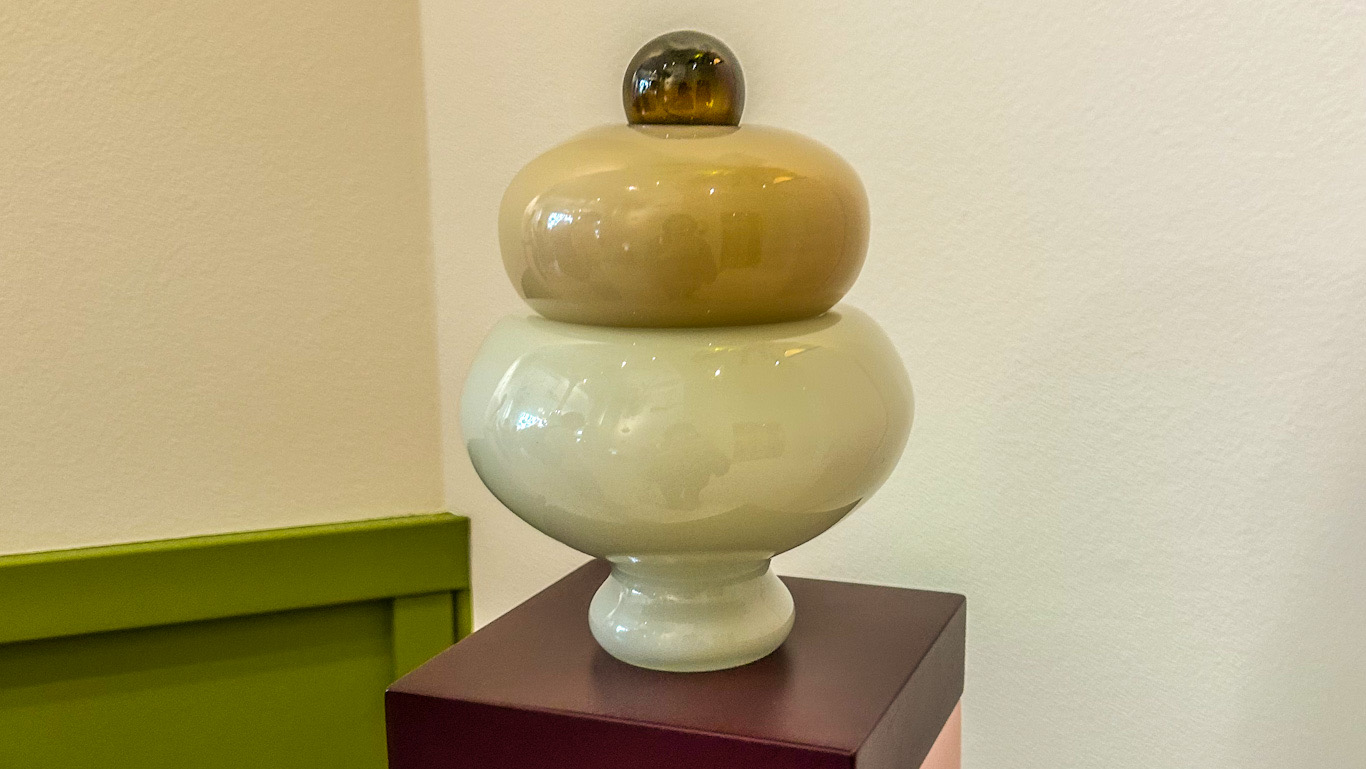Business by Design -cases from Japan-

Why Creativity Is Now a Strategic Asset for Organizational Growth
In a rapidly changing world, creativity is no longer limited to marketing or product teams; it’s a leadership discipline. At its core, creativity rethinks organizational design, empowers people, and shapes culture.
Business design shifts how companies grow, focusing on empathy, collaboration, and inspired environments. Japan, traditionally conservative, leads this transformation, blending design thinking, wellness, and organizational innovation into impactful strategies.
Explore how creativity becomes a competitive advantage in modern Japanese corporations and how executives worldwide can learn from this.
1. Creativity as a Catalyst for Deep Engagement
Innovation workshops often follow predictable formulas, but breakthrough ideas come from emotional spark, intuitive flow, and intentional design.
Toyota’s Creative Management approach fuses art, design, and logical analysis into a new model for team development. Teams engage in improvisational workshops that prioritize intuition, speed, and emotional engagement, especially in new business development and regional revitalization.
This results in more innovative, connected, resilient, and fulfilled teams. Creativity here is operational, not ornamental.
2. Leadership Through Environment: Designing for Empowerment
High-performing leaders understand that talent development occurs in context.
Pasona and HIPUS created a compelling women’s leadership retreat.
Unlike traditional seminars, this residential experience fosters honest dialogue, mutual support, and the discovery of real-world role models.
Designed as a micro-community, it accelerates confidence, self-leadership, and systemic inclusion.
3. Culture as Competitive Infrastructure
When culture is intentionally designed, it fosters wellness, loyalty, and lasting differentiation.
Nichirei Corporation exemplifies this principle.
After experiencing a rise in employee health issues post-corporate restructuring, Nichirei reimagined employee well-being as a core organizational system.
They implemented a health management framework supported by regional public health nurses and occupational physicians, with structured communication lines across all offices.
The results went beyond compliance—they reshaped workplace culture itself, making well-being not just a policy, but a shared language of care and accountability.
4. Building Flow-Driven Organizations: Marui Group’s Human-Centered Innovation
Marui Group designs work to spark joy, focus, and flow, unlocking human potential.
They focus on “flow experiences,” states of deep engagement where people are fully immersed in meaningful work.
- Removed middle management layers
- Introduced personalized one-on-one coaching
- Overhauled evaluation systems to reward talent beyond age or seniority
As of mid-2024, 47% of employees reported regularly entering a flow state—surpassing their 45% target.
More than a productivity metric, this represents a shift in organizational DNA—from hierarchy to human-centric performance.
Design Is the New Strategy
Each of these examples demonstrates that design is the architecture of how people work, lead, and grow.
For executives, the challenge is how to embed it into every layer of business: from team structure to training environments, from health systems to evaluation models.
In this new era, competitive advantage is designed.
Advises
To integrate creativity into organizational development, start with three strategic questions.
- How does our workplace affect how people think, feel, and work together?
- Is our culture stopping people from doing their best without us noticing?
- What can we change to help people feel safe, take initiative, and share new ideas?
The answers won’t come from frameworks alone. They’ll come from rethinking your company as a living system, where creativity is a discipline.


